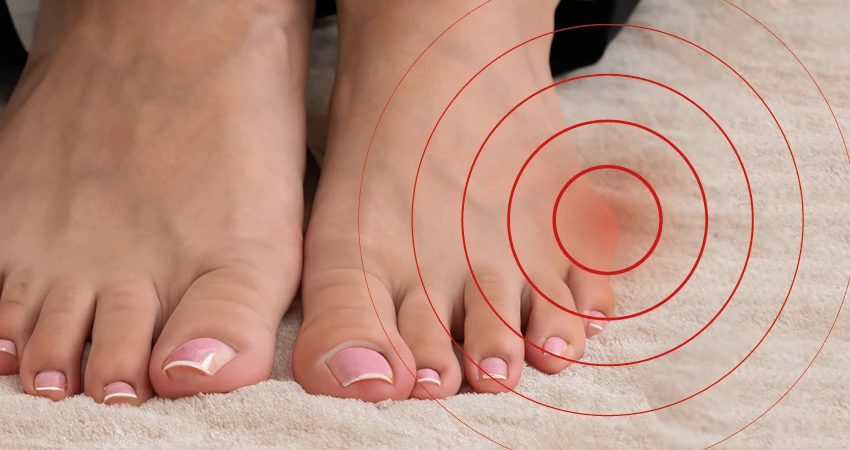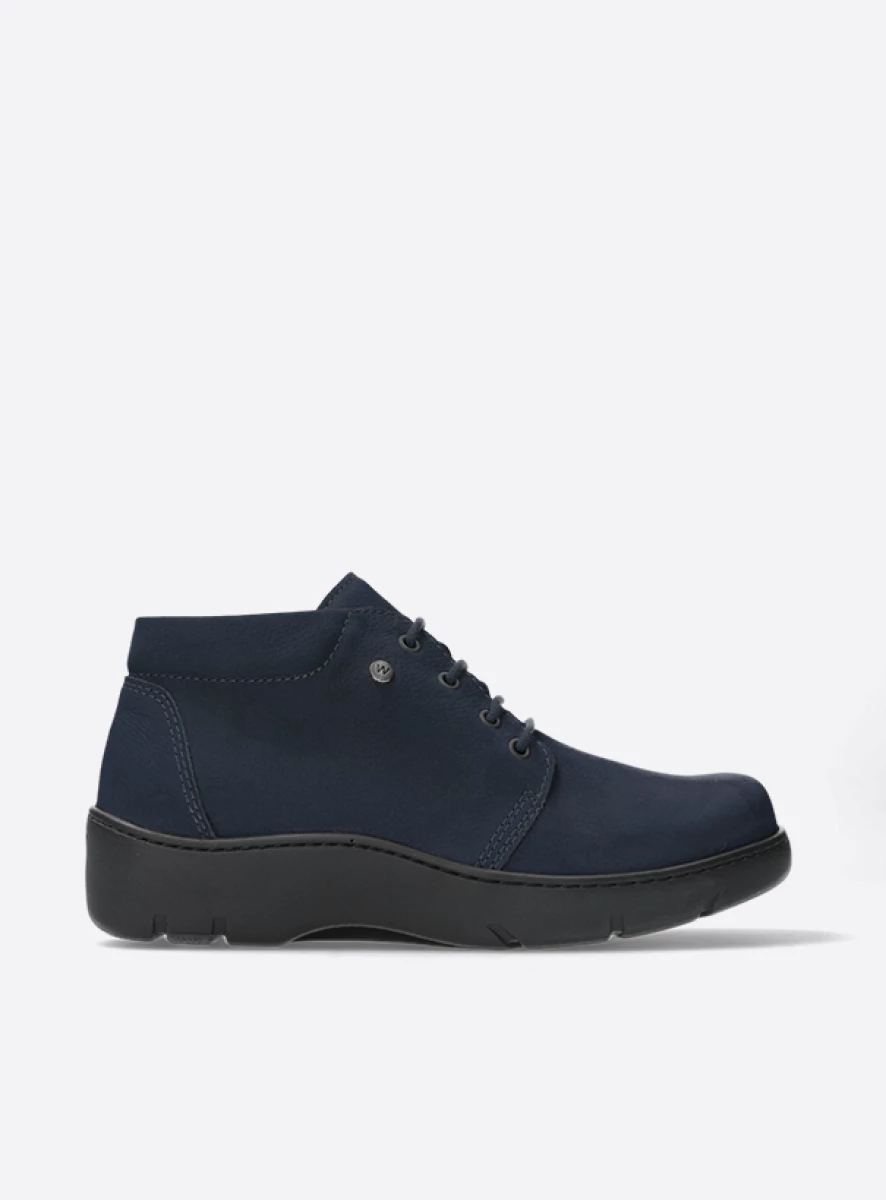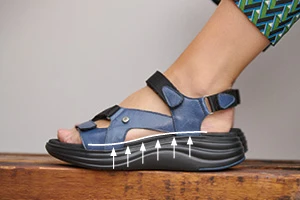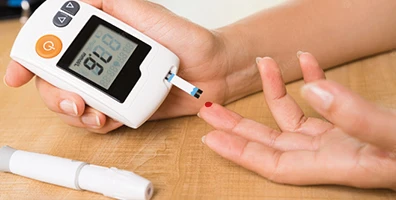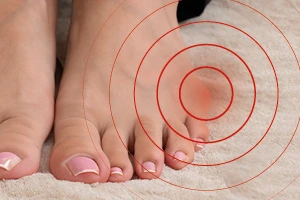
Tailor’s bunion
Many people suffer from a tailor’s bunion: a bump on the outside of the foot, just behind the little toe. This bump often causes pain and discomfort in the foot. People of all ages can experience it, and the severity of the pain can have different causes. In this blog, we will tell you everything about the causes, symptoms, and treatments of a tailor’s bunion. Did you know that wearing proper footwear can make a big difference for your feet?

